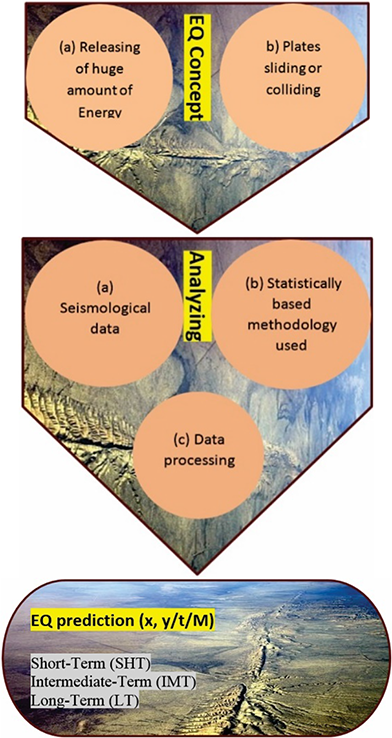Unpredictable Tremors: The Quest for Earthquake Prediction and Mitigation

About Course
Imagine a future where humanity can foresee the silent, creeping threat of an earthquake before it strikes—saving lives, infrastructure, and economies. Unpredictable Tremors: The Quest for Earthquake Prediction and Mitigation invites students into the high-stakes world of seismic science, where researchers, geologists, and technologists are racing against time to decode nature’s most unpredictable disasters. Through gripping case studies, accessible scientific explanations, and cutting-edge technological insights, this course brings students on a journey from the shifting tectonic plates beneath our feet to the quantum breakthroughs that could redefine our ability to predict seismic events.
Whether you’re fascinated by natural phenomena, concerned about disaster readiness, or curious about the role of quantum technology and artificial intelligence in solving real-world problems, this course offers a deep dive into the multifaceted challenge of earthquake prediction. You’ll explore the evolution of seismology, understand the impact of historical earthquakes, and analyze the tools and institutions at the forefront of prediction and mitigation. Ultimately, this course empowers you with knowledge not only to understand earthquakes but also to appreciate the innovative efforts driving us toward a safer, more prepared world.
Course Content
Introduction
Introduce the topic of earthquakes and their devastating effects.
00:00Highlight the urgency of improving earthquake prediction and mitigation efforts.
00:00Discuss the purpose of the eBook and what readers can expect to learn.
00:00